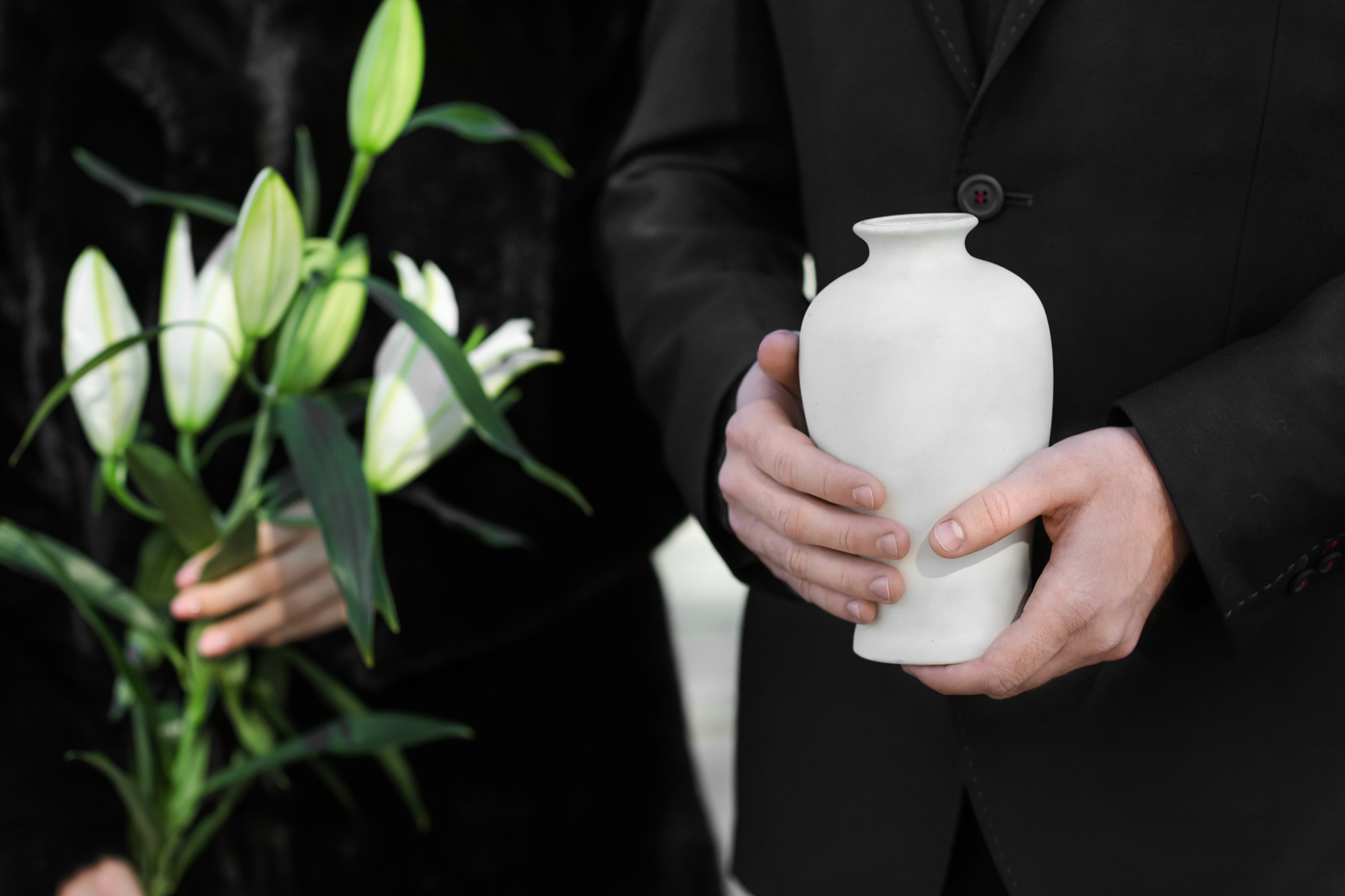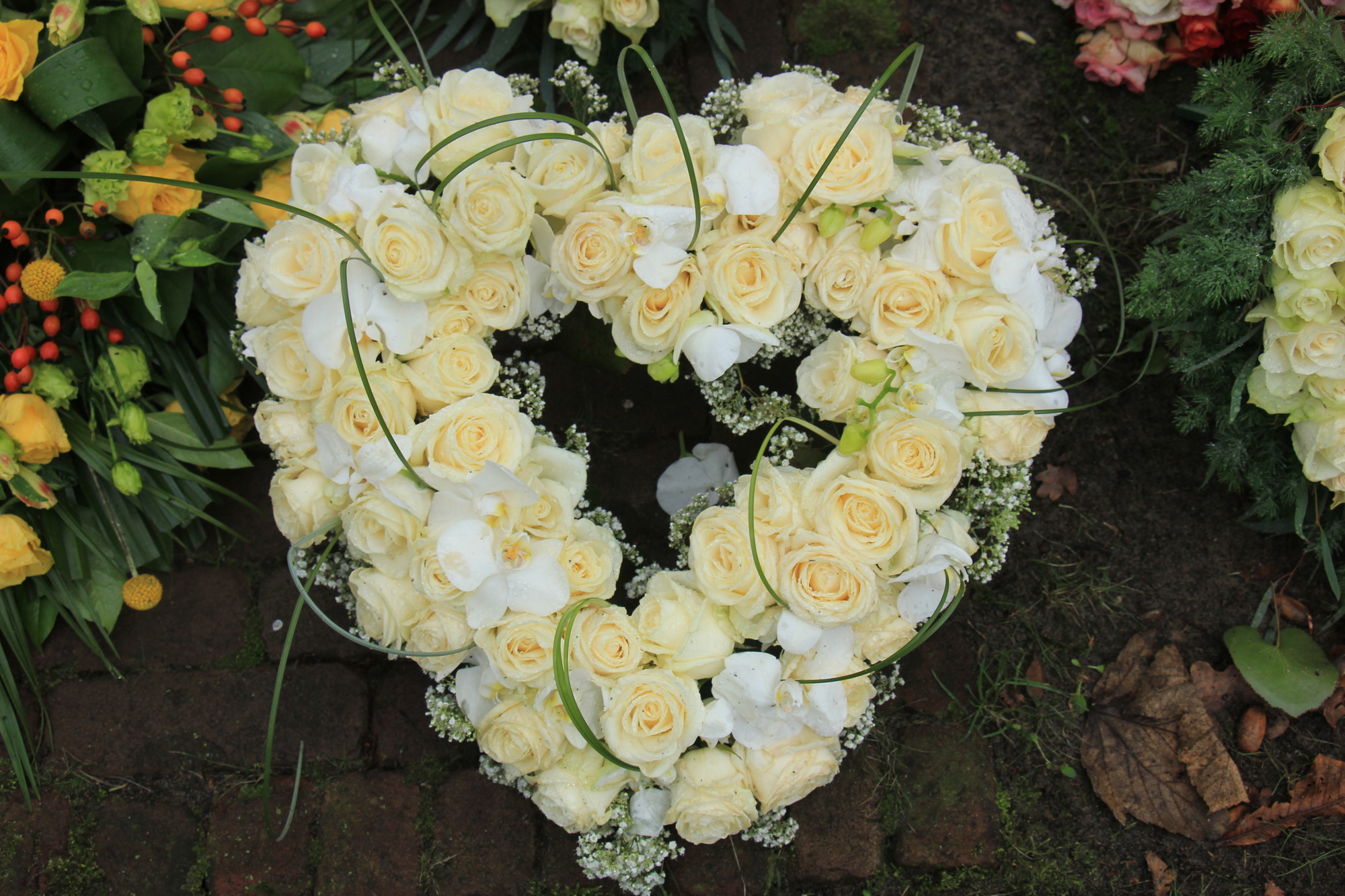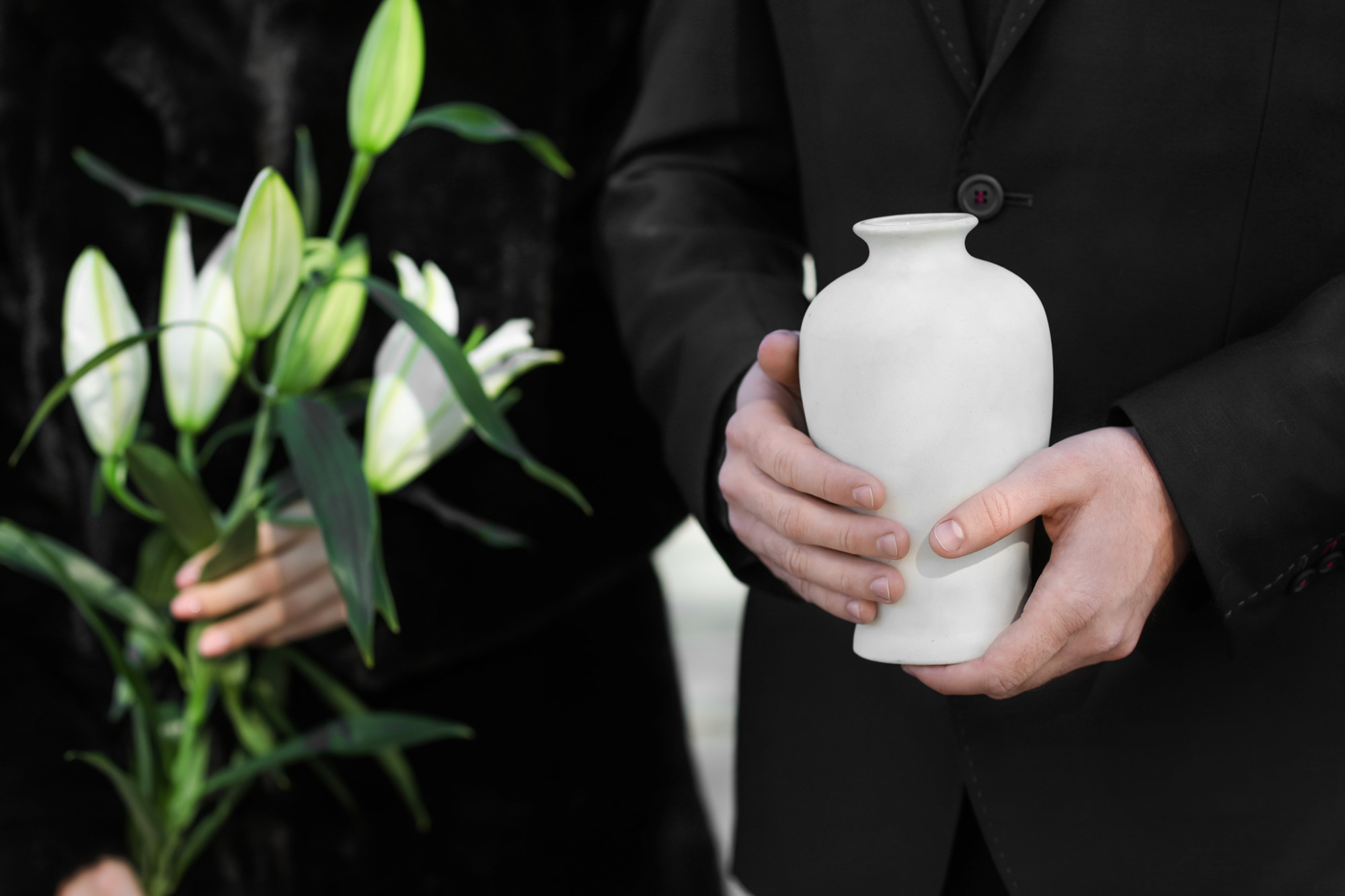How Cremation Works: A Step-By-Step Guide

If you were to look back less than a decade ago, you’d find that cremation was the least popular funeral choice. However, fast forward to today and cremation is now the first choice of the majority of people in the US.
Although it may not be the most pleasant thing to think about, making prior funeral arrangements for yourself or a loved one can avoid some very difficult decisions in a time of grief. Here are a few things to know about how cremation works.
1. Cremation Is and Will Remain the Most Popular Choice
There are many reasons why cremation has become the most popular choice for people in many different countries. The most obvious of those is that burial plots are becoming fewer and far between.
It’s more difficult than ever for family members to secure plots in their desired burial grounds or even purchase family plots in preparation for future generations. As such, families are opting for cremation so their funeral plans can have more flexibility.
2. Cremation Can Harm the Environment
Unfortunately, the biggest downside to cremation is the effect it has on the environment. Cremating bodies rely on fossil fuels that release carbon into the atmosphere. This will inevitably make global warming worse.
The act of cremation has long come under fire for the damage it can do to the environment which has led to innovation in the industry. With a view to making cremation more environmentally friendly, machines have now been designed to use fewer fossil fuels.
Although there’s still a way to go, it’s certainly a step in the right direction for our planet.
3. You Won’t Take Home Ashes
Most people connect the word ‘ashes’ with cremation. It makes sense since we all know that fire can turn things to ashes. However, when bodies are cremated, it isn’t ash that’s leftover.
The remains of your loved one will actually be bone fragments that are broken down into a type of sand. The grey coloring of the sand often leads people to believe that it’s ash.
4. Cremation Is the Cheaper Option
Funerals can be very expensive, so cremation is often the most popular choice among the elderly because it costs less than a traditional burial. A traditional burial usually involves the removal and treatment of the body, a funeral service, and permanent placement for the body.
Cremation, however, doesn’t have to involve any of that. Most people can save up to $6000 by choosing a cremation instead of a burial. It also gives the option to have a bespoke service as a way of saying goodbye.
5. What Happens to Uncollected Ashes?
In some circumstances, the funeral home may be aware of the person’s last wishes but family members could be difficult to get in touch with. Some families may misunderstand the cremation process and not realize that there are ashes to be collected.
Funeral homes often have different guidelines on what to do with uncollected ashes. Ashes are often stored at the funeral home for a specific length of time, whether that’s a year or a few years.
After this time, most funeral homes will respectfully dispose of the ashes. Some funeral homes have a dedicated plot where urns are placed.
6. Memorials Before Cremation
Some people believe that they have to choose between the services included in a traditional burial and cremation. That isn’t true. It’s still possible to have a traditional memorial or service even if the body is being cremated.
It’s also possible to treat and preserve the body temporarily if you want an open casket service. The great thing about cremation is that you don’t have to pick and choose between different services.
You can get more information on cremation services by talking to your local funeral home. Whatever you choose, it gives family and friends the chance to pay their respects before the cremation process.
7. Transporting or Disposing of Ashes
Many people are under the impression that ashes can be scattered or buried wherever they see fit. However, it isn’t quite that simple. Because ashes don’t decompose, there are certain rules when it comes to choosing a last resting place for your loved ones.
For example, you’ll need to check airline guidelines on how to transport an urn with ashes if you want to scatter your loved one in a favorite vacation spot. The same goes for burying ashes in public places or private properties. You may need to ask permission before you go ahead.
Some people want to separate the ashes so different family members can use some of the ashes as they see fit. For example, you can now use ashes to create jewelry. If you plan on sending ashes in the post, you’ll need to contact your post office or courier for information.
8. Innovative Cremation
Cremation continues to become more innovative as the years go by. There are now more options than ever for people who choose to be cremated and they’re more creative than ever.
For example, people can now include their ashes in seeds so the family can watch flowers, plants, and trees grow in their honor. Alkaline hydrolysis is also an option for anyone who prefers the idea of chemical dissolution which is often kinder for the environment.
Knowing How Cremation Works
Although cremation is the most popular funeral choice, it appears that many people still opt for traditional burial because of misunderstandings about how cremation works.
As the industry becomes more innovative and the cremation process becomes kinder on the environment, it’s likely that cremation will become even more popular.
Why not take a look at some tips on dealing with grief and saying goodbye to a loved one in the best way?

